The House of Misfit Artists
"There are those to whom place is unimportant, But this place, where sea and fresh water meet, Is important"-Theodore Roethke
When I first moved back to San Francisco, I celebrated coming home by roaming aimlessly around the city, visiting all the touchstone establishments that were imprinted on the DNA strand marked for the my hometown, discovering nooks that I had heard about or that I had never known existed. Learning the history of the names of all the parks. Bike riding to the outer-corners with my friend Dan Zoll, to witness the rubble and derelict neighborhoods, ghost ports and industrial buildings that romantically told the story of bygone days. Going to Grux’s Godwaffle Noise Pancakes shows on weekends, crazed movie nights at the Mission Bay lair of Jacques Bouyreau, listing to Mal Sharp’s Big Money in Jazz Band at the Savoy Tivoli, hitting the opening night of all the galleries on 50 Geary St…the bubble of web 1.0 had broken and for a moment….for a year or so…it seemed like the city’s ancient artistic vibrations that once could be felt everywhere were regaining strength and rhythm.
One Spring afternoon, while descending from Coit Tower through a gnarled streets that lead to North Beach, I came upon a box of free books…mostly old school textbooks and paperbacks of little note, but at the very bottom of the pile was a thick-as-a-brick soft yet stiff covered curiosity bearing a crazed psychedelic classroom doodle of—a house? With odd fixtures and maybe a beast or two (?)—with the number 185 acting as a title. The cover was coffee stained, with chunks of the book already escaping the binding. When I gingerly picked it up and opened its tight brittle cover to the table of contents and realizing (surprisingly) that it was an anthology of sorts, with the name Bob Kaufman as the starting entry (Kaufman being one of the best of the Beat Poets), I threw it in my backpack and continued on my way to the Cigar Bar for a meatball sandwich.
The 185 book came home with me and was never put away…a mystery that found its way from the dining room to living room bookstand to bedside nightstand to the bathroom and back to the living room. Opened randomly, the book revealed art and pros and poetry from a diverse assortment of artists, some known while most unknown. The book opens with a quote from the great poet Theodore Roethke (my grandma’s favorite) and features the famous Fillmore poster collagist Sätty and Black Mountain poet Robert Creeley. Much of the writing has a self-narrative somewhat dark quality…as if the act of writing was the act of working out a bad life patch. There are prison tales, tales of lost love, tales of the day after a month of late-night cavorting, tales of excess and journeys….meditations on bygone opportunities and the fragility of time and passing. The book seemed a time capsule of the San Francisco art movement of the day…the end result of an art scene that mixed heavy fast living with its paints and quills, told by storytellers whose names have been absorbed into history.
It was years after owning the book that I realized there was an introduction whose pages had been hidden, stuck to 185’s inside cover pages, that started to reveal the mystery of its contents:
An anthology of poetry, drawings, and human statements by friends who lingered moments at 185 Marina, a gathering place during the North beach/Haight-Ashbury movement of the sixties—a time of utter duality—poetry readings, marijuana arrests, Vietnam and flower children, political assassinations and ecstatic life celebrations…They (the art) have been brought to the house and left there as tokens of human payment, gifts…Friends came in anger and joy and sorrow and all the endless effects of our human separateness—but each time Nato barked and the bell would ring its thousand rings—the wonder remained that is was always, simply, all about love.
The book was edited by “Alix” with no last name…but it was enough information to put the puzzle pieces together (the associate editor was poet Kaye McDonough).
Alix McQueen was an oil heiress from Calgary who moved to San Francisco in the 1960s post-graduating from college in Los Angeles. After a failed marriage to one Dominic Geluardi, McQueen (now Geluardi) became enchanted with the art scene in North Beach and found herself drawn to the more down-and-out artists that littered the area, that found themselves kicked out of establishments like Vesuvious and Toscas…whose artistic pursuits led them to dead ends and living on society’s edges. She had a house in the Marina…on Marina Blvd (No. 185) right across from Fort Mason…and used it as a sort of half-way house for artists who needed it.
From what I can gather, Geluardi’s request to the people she housed was that they pursue their artistic practice, offering one of their creations to the house in exchange for room and board. As mentioned in her obituary, Geluardi amassed an art collection that was worth, at the time, over one million dollars. That collection went up in flames later on, after she had left the house on Marina Blvd for an apartment on Filbert St. By the time of her passing, she was penniless…she had given everything to the art scene she loved.
There are pictures of some of the guests (tenants?) of Marina house in the 185 book…drawings of others done by other guests…poems about others done by other guests. What Geluardi had created by opening her home up, was a community of misfits who seemed to get along and find inspiration from one another. Geluardi would say that she had “found a new genius” when she brought an artist home with her. She knew that the artistic process is not necessarily a pathway to riches, fame and contentment….that it is often a difficult path, where the artist is more the outsider, the shunned, the misunderstood.
Geluardi told the Bay Guardian in an article about the release of 185, “I have loved only wanderers and searchers. The dreamer and the artist and their quest for truth always seems to get in the way of some tiling permanence. I always fall in love with visionaries. But if I could change, I wouldn’t. I only wish my son and I had both found someone who wanted to tackle both.”
While the book seems somewhat lost in time, there were a few copies available on amazon and it is listed on Sätty’s website. For those who like to go deep into the art and literature scene of San Francsico in the late 60s and early 70s…it is a worthy addition to any collection.
The rest of this newsletter will feature pages from the book…
This is a really interesting piece from Eileen Kaufman that gives a nice overview of the scene (you should be able to click on the pages to make them bigger, more readable):
Ray Lopez would eventually write a Memoir called Hard Love, A California Memoir:
There is a memoriam in the book for illustrator Stuart Jahnson, who died on Christmas Eve, 1971 (he was stabbed to death in Gino and Carlo’s bar in North Beach):
A poem by Eugene Ruggles:
A poem by Kathleen Fraser:








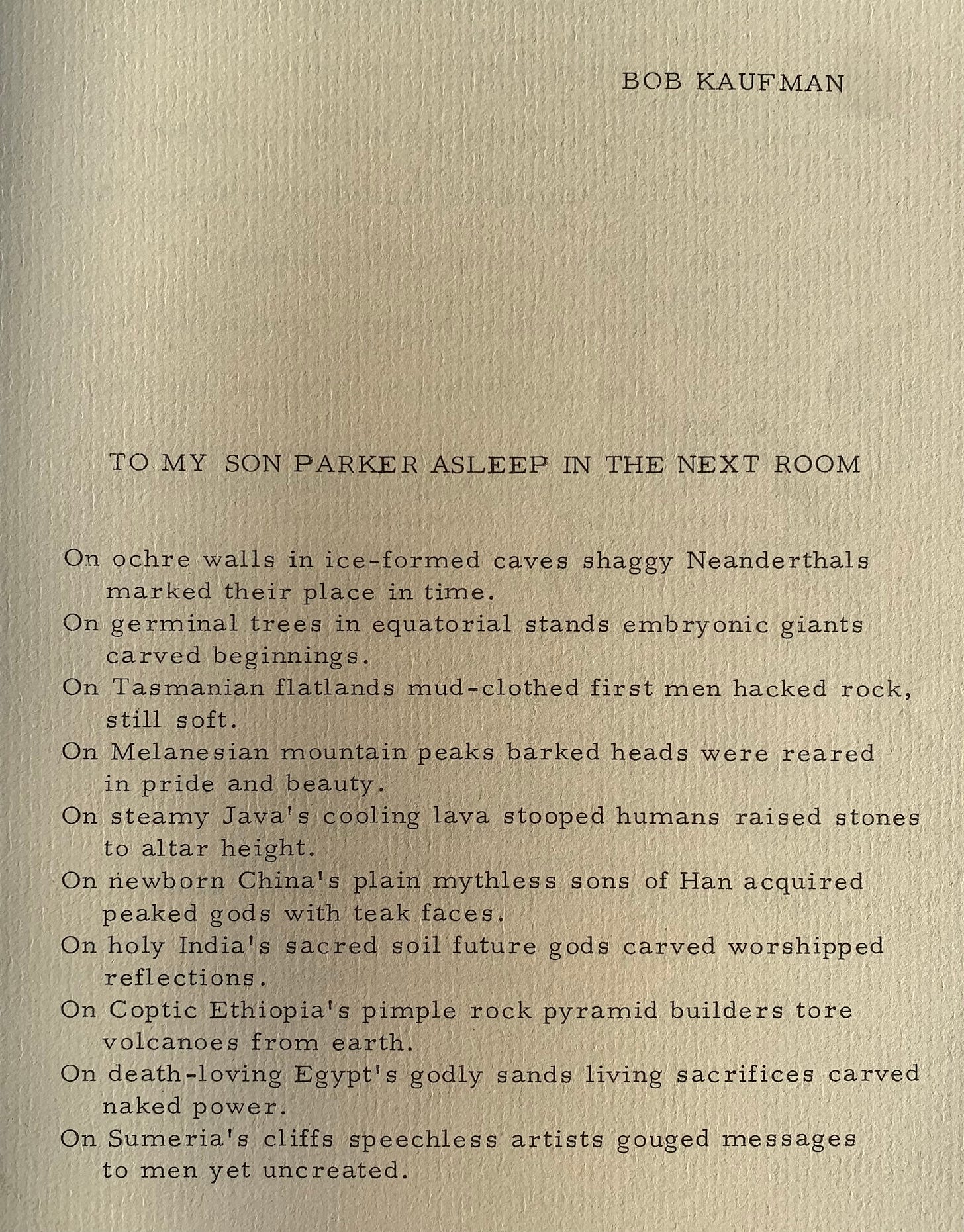
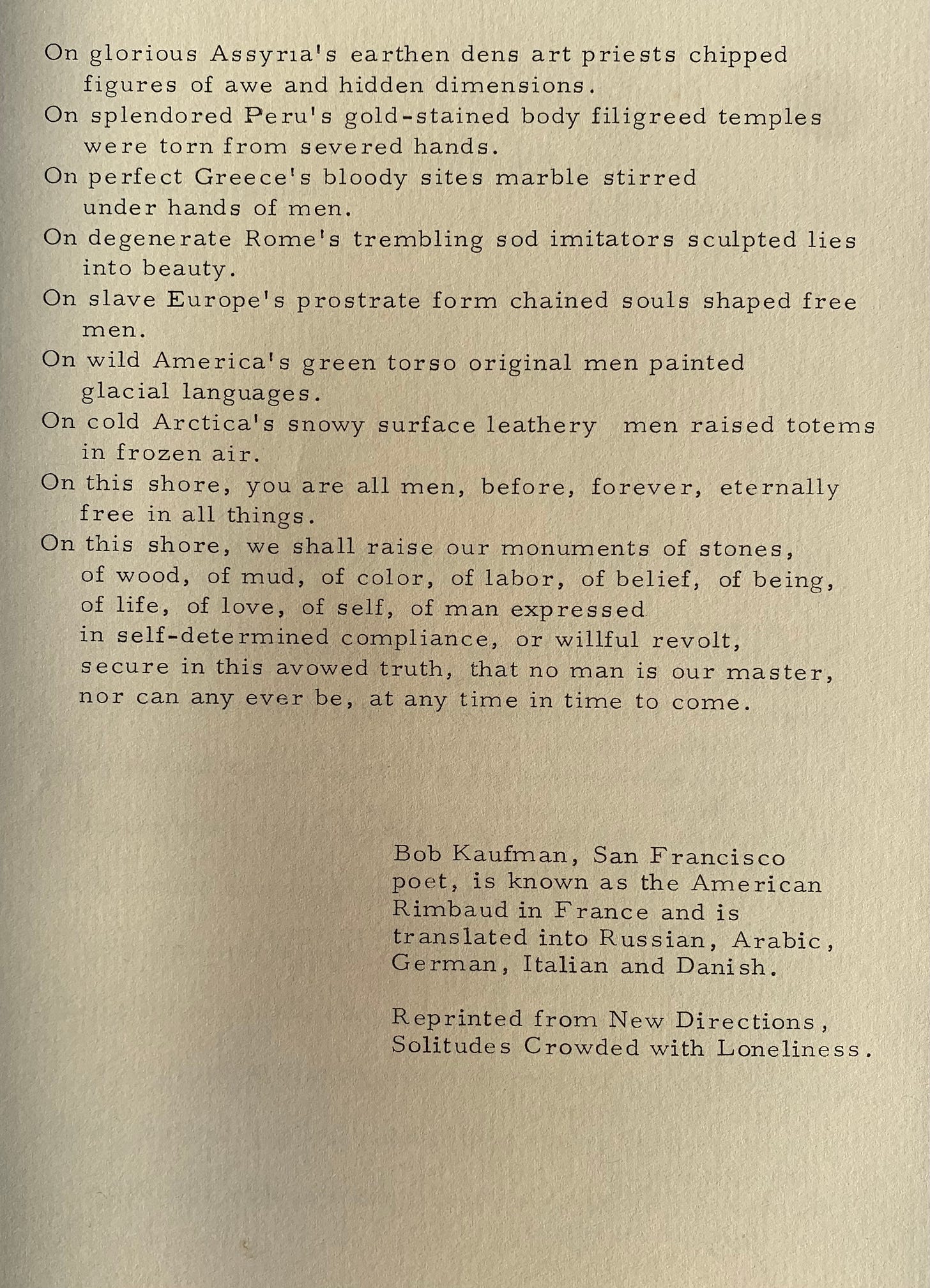
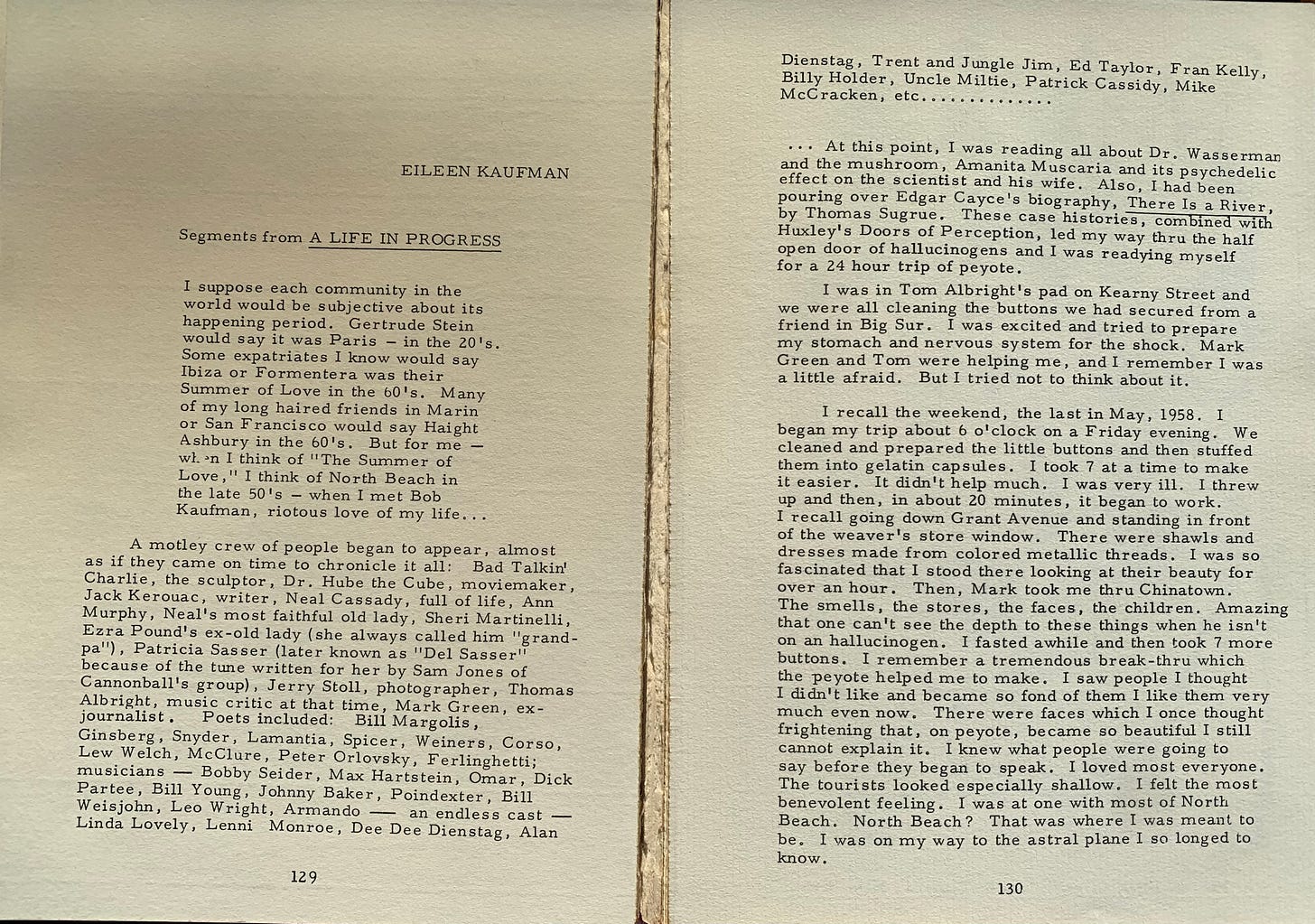

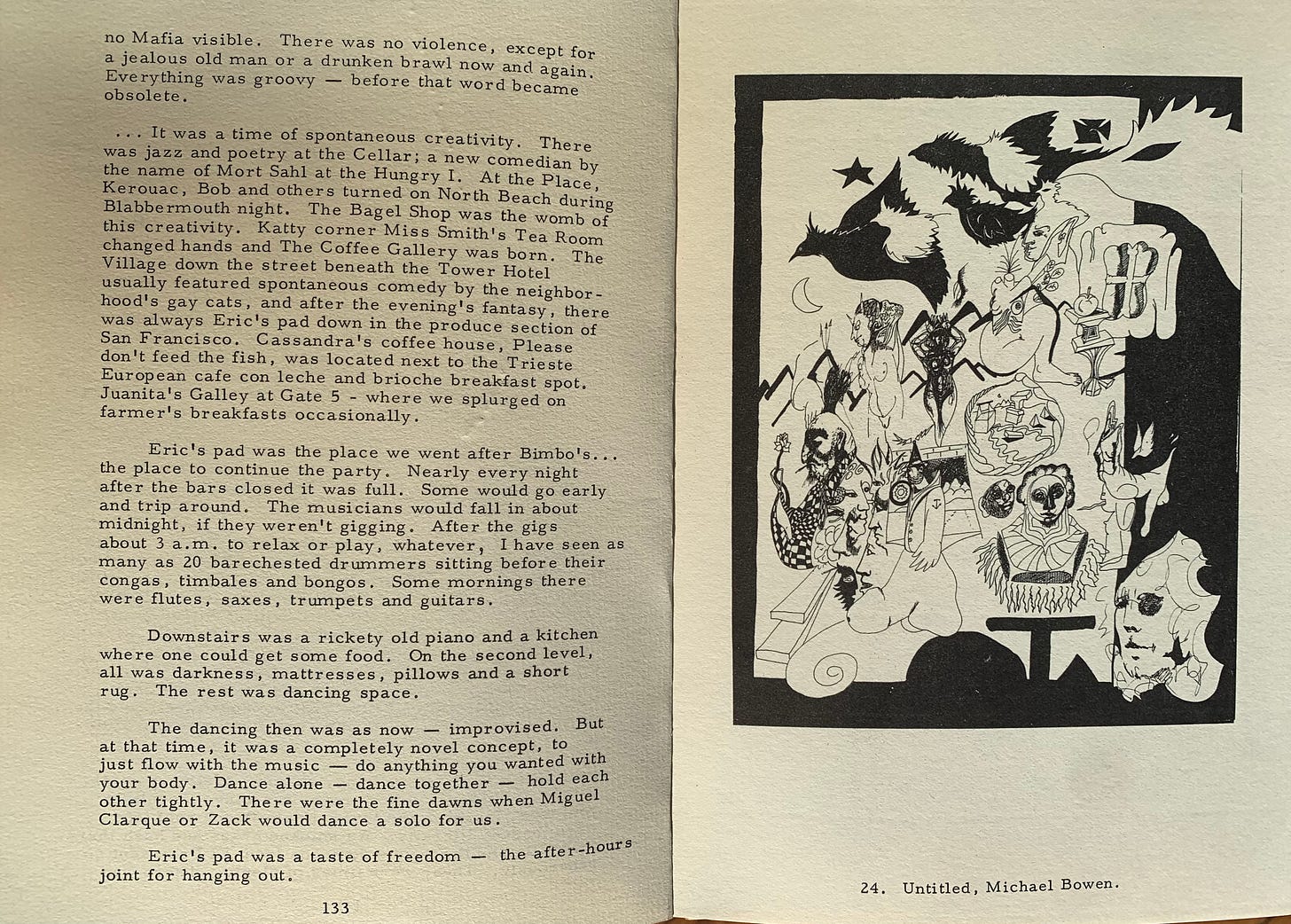



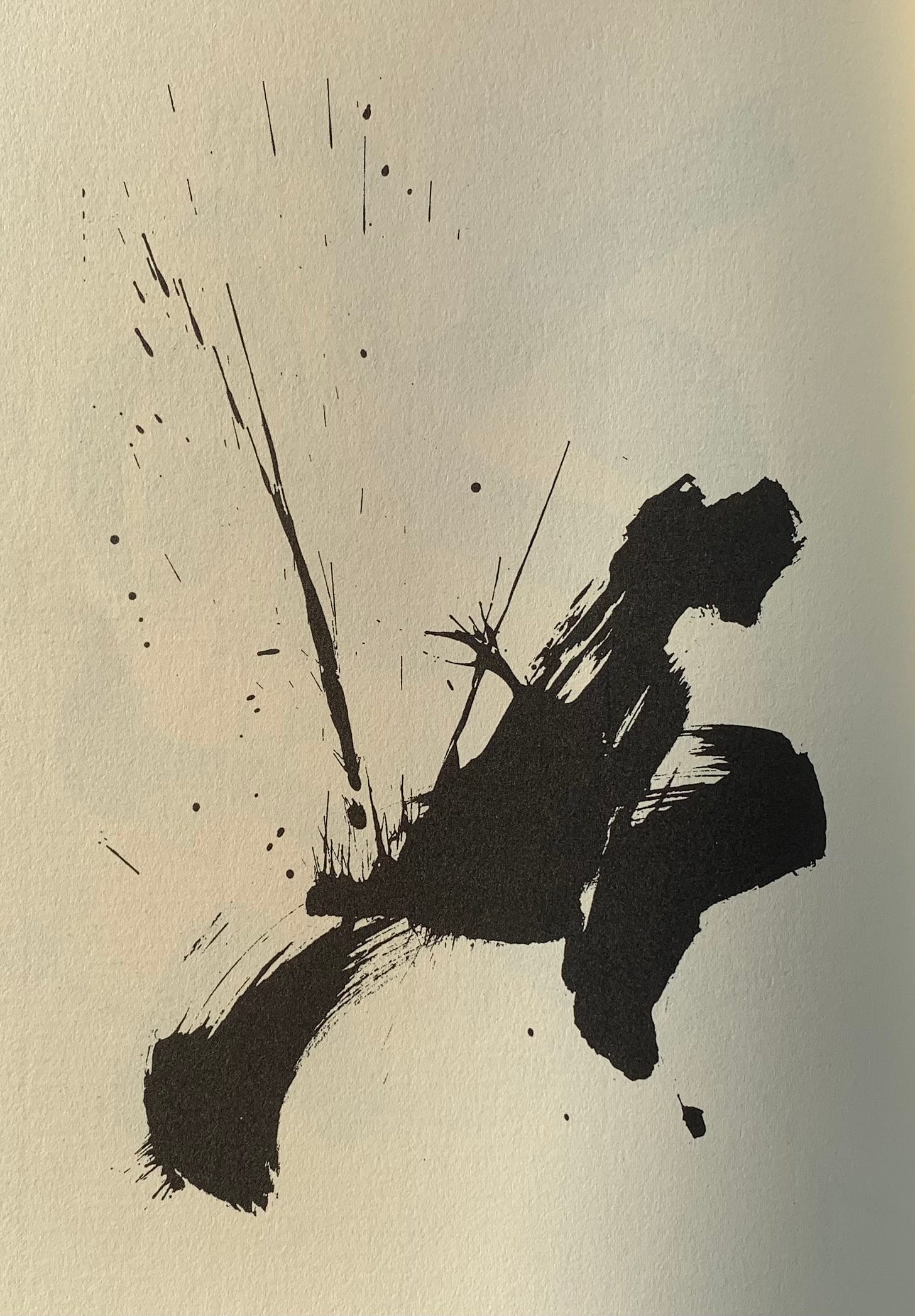

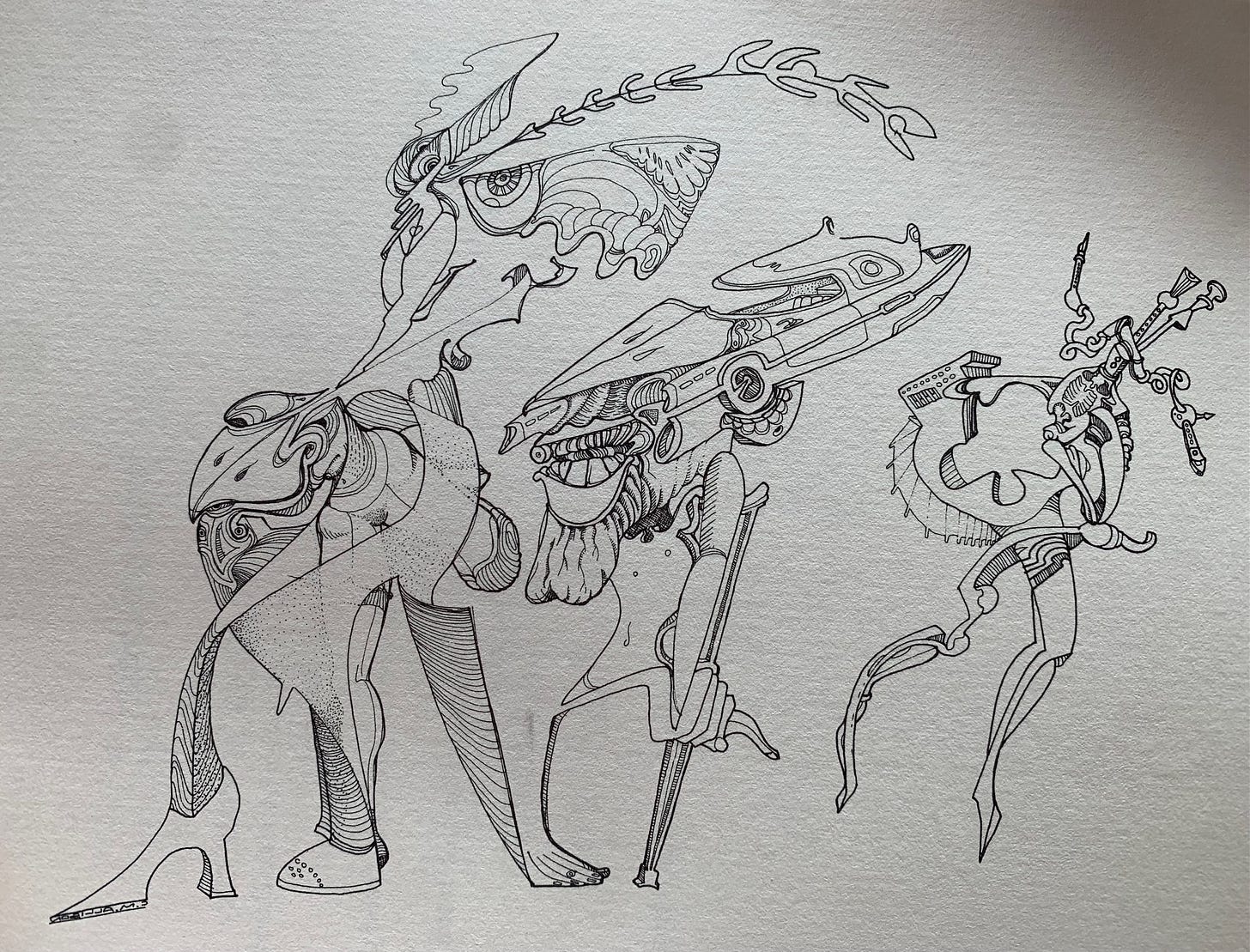

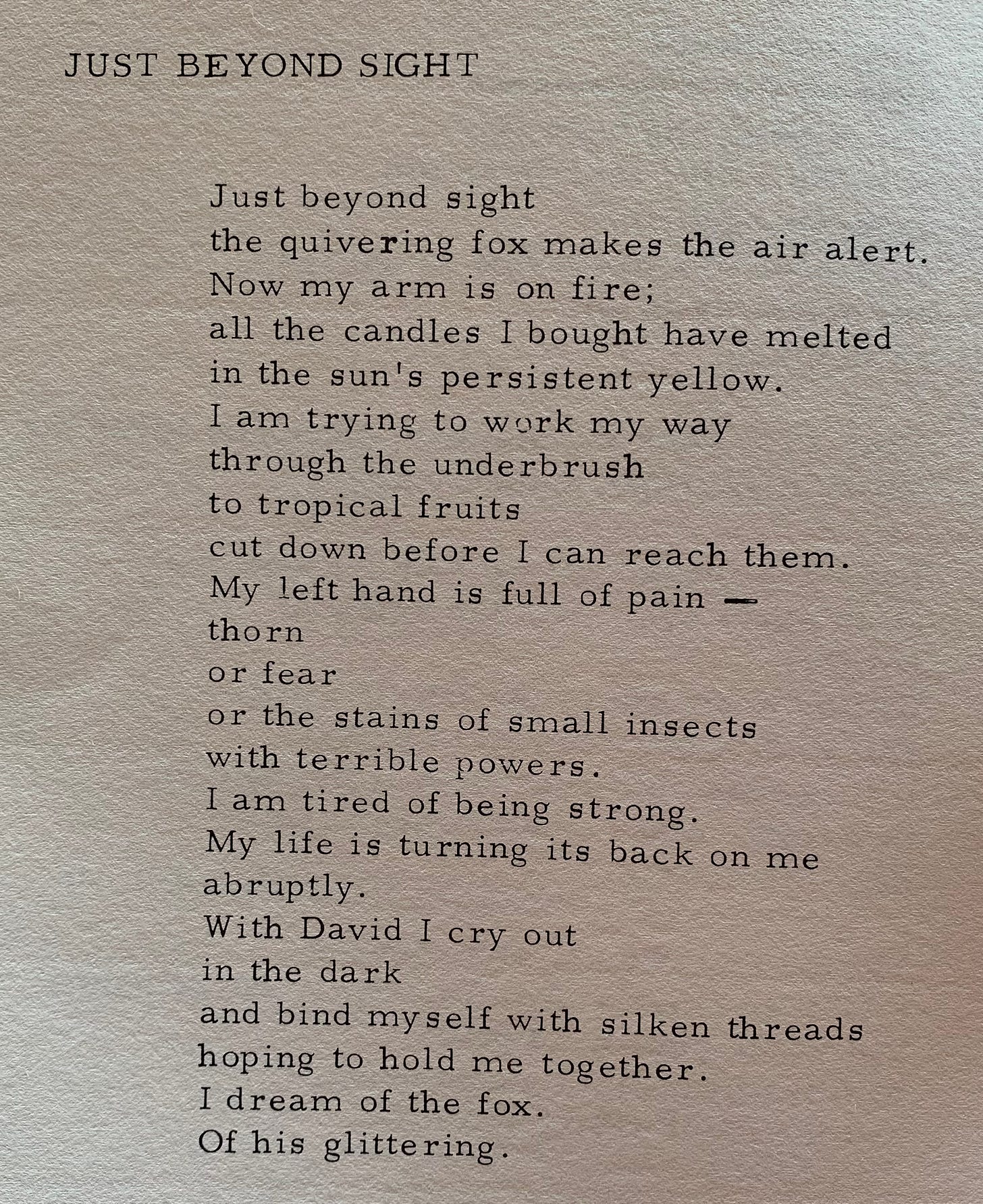
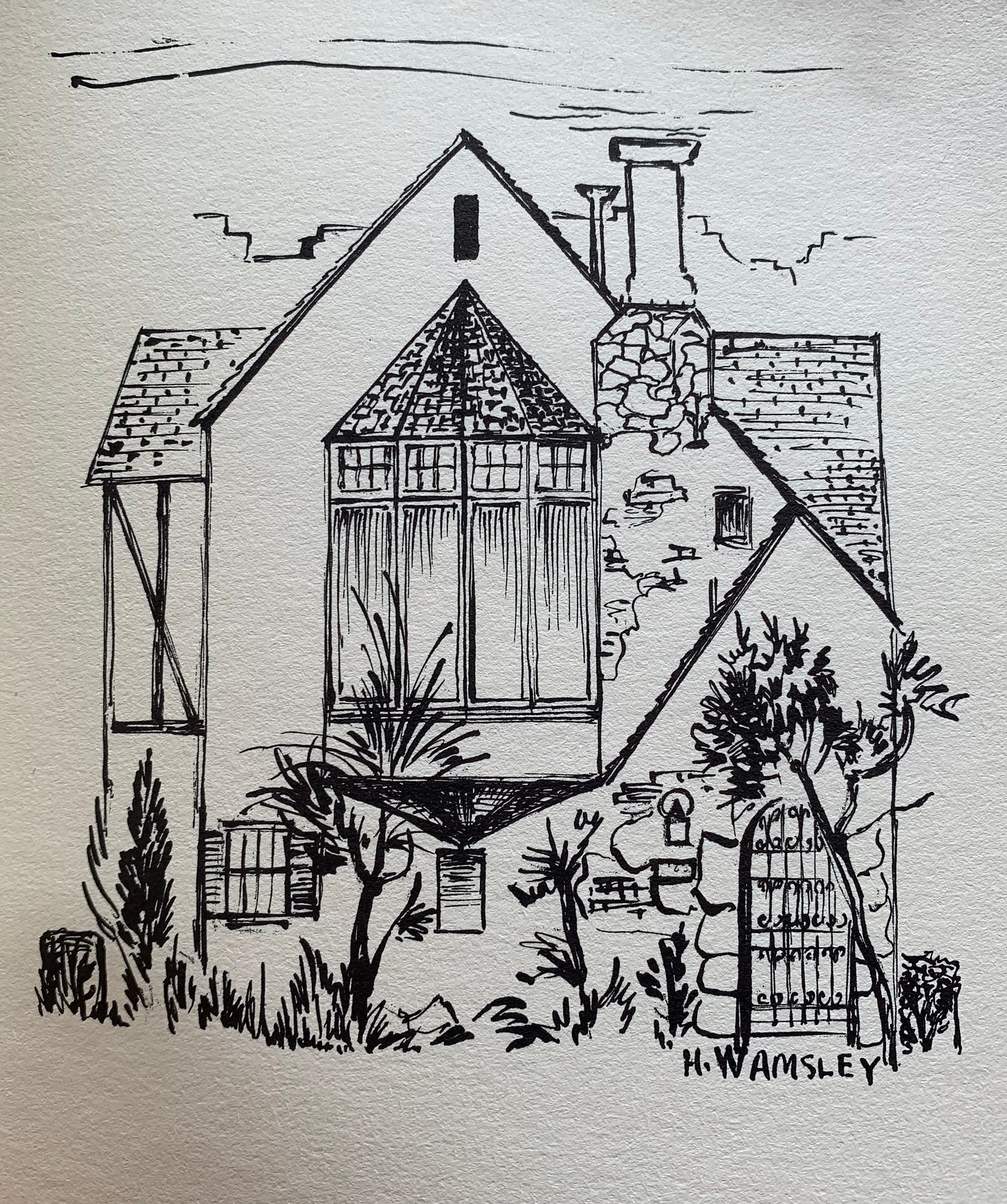

So interesting! It seems to me that seeing art in the context of its community tells us so much more about what the art is saying.
I’m putting an internet search magician i know on the case. (Will let you know if he can find a copy)